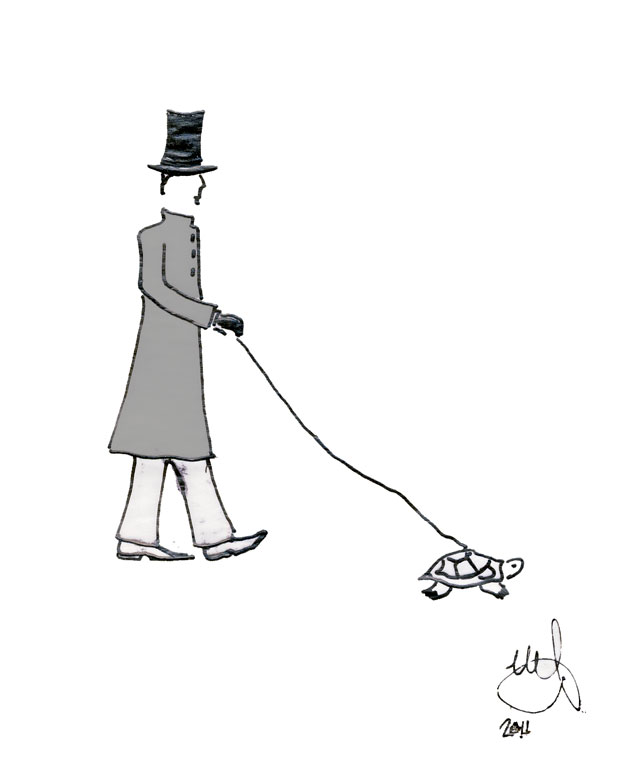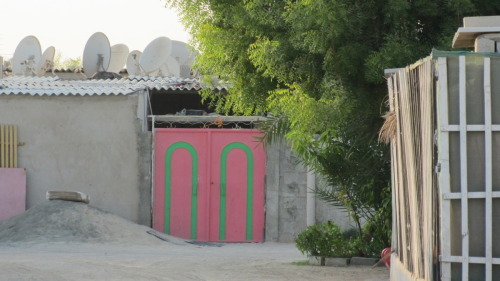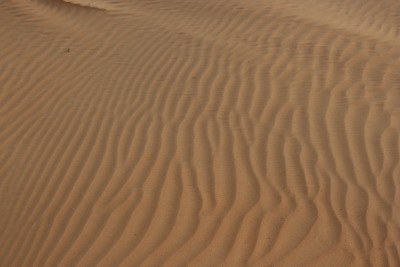A Voyage into Hyperspace
 Monday, October 31, 2011 at 6:18PM
Monday, October 31, 2011 at 6:18PM Not so long ago, being in a space which had more than three dimensions was considered the domain of science fiction.
Today we speak of spaces unheard of before. And what is more, we are now able to meet in them. Physical geography is no longer the determinant for meeting to take place.
Human beings interconnected through computers and telecommunications find themselves in cyberspace, which has its own special architecture. Units of information are organized into connected associations known as links or hypertext links. By clicking on a link the traveller in cyberspace is transported from one place to another.
As each individual location is connected to many others, the resulting web consists of the total number of individual locations and all of their interconnections, and is referred to as hyperspace.
In the world of science fiction, hyperspace refers to a space with four or more dimensions. In this multi-dimensional environment the conventional space-time relationship does not apply, making it possible to travel at a speed faster than light.
I came across the use of the word “hyperspace” in a recent review of an event held this past weekend in the Burj Park at the foot of the Burj Khalifa.
Having performed live at the Acropolis, Taj Mahal and the Forbidden City in China, composer and musician Yanni chose the Burj Kahlifa as his latest concert venue.
On a stage lit up in blue and purple, Yanni told the crowd that he and his musicians came hoping to take the audience away from their everyday lifestyle if only for a short while.
“And as if on cue the band burst into Voyage, a flamboyant and extravagant song that could have been made in hyperspace.”
In hyperspace, each location is interconnected to many others. Enter me.
Watching the event from our balcony, I picked up my iPad when I noticed the Dubai Fountains dancing, and began to film. Although set to some other piece of music, it appeared to me as if they were dancing to Yanni’s Voyage.
I was transported into another world, a world where synchronicities are not uncommon. I have written about synchronicity elsewhere, but since this weekend I have wondered much whether synchronicities are not there all the time but we cannot always see them.
@conscire tweeted recently: “Kairos is the time of the sacred, the time of Synchronicity. Chronos, clock time, is nothing more than a construct of the mind.”
Voyages into hyperspace will become more common. They require an acute awareness, a mindfulness of all that is around and within us. The voyages will be both inward and outward and to nowhere, as we discover that every space and every moment is everywhere. Some call this everyhere. I call it here2here.
 here2here,
here2here,  interconnectedness,
interconnectedness,  kairos,
kairos,  mindfulness,
mindfulness,  place,
place,  space,
space,  time,
time,  travel in
travel in  here2here,
here2here,  interconnectedness,
interconnectedness,  mindfulness,
mindfulness,  place,
place,  technology,
technology,  time
time  Email Article
Email Article 


